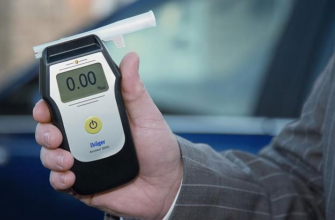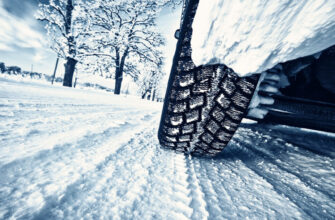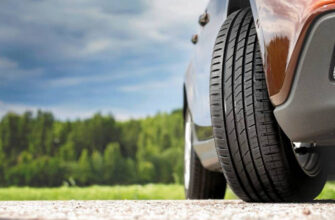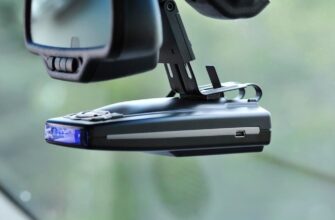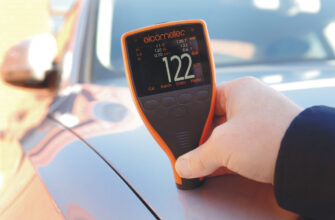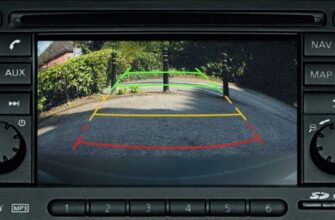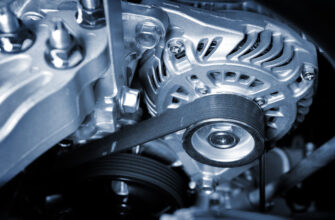Alloy wheels are currently very popular among motorists. Excellent manufacturing and balancing accuracy, low dead weight, high reliability and a huge variety of styles and designs – these and many other characteristics have contributed to the fact that you can see 'casting' instead of stamped iron disks both on expensive foreign cars and on old 'cans'. All that a car enthusiast who wants to tune his car needs is to choose the right wheel parameters for his car.
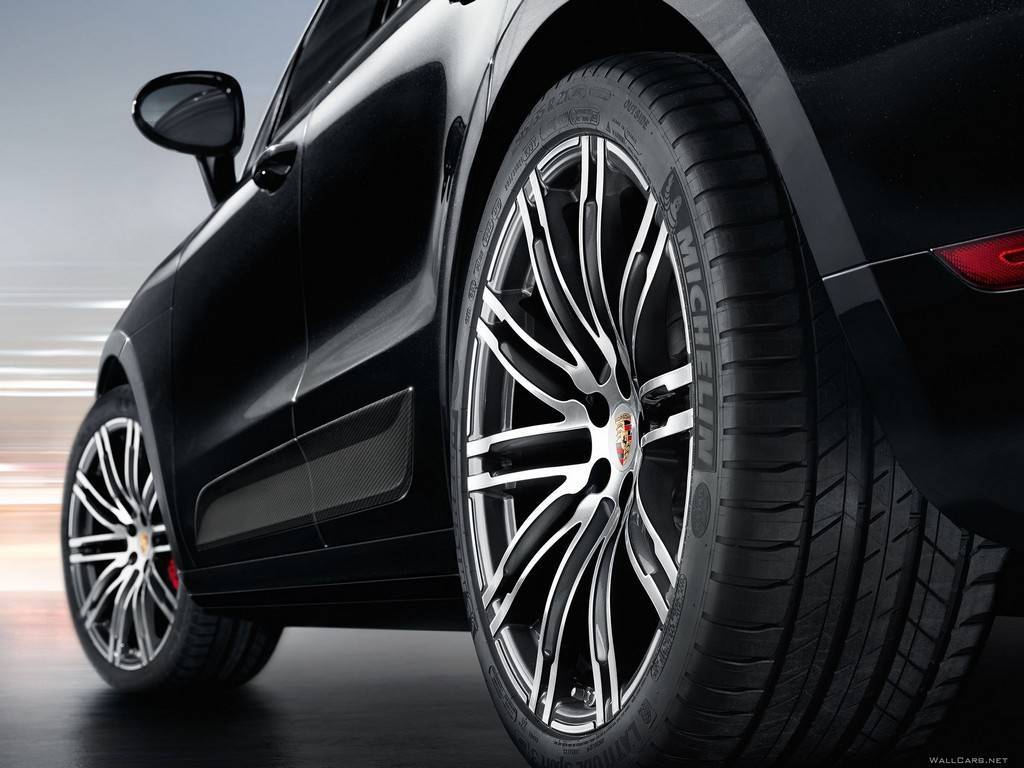
!
We recommend reading an article from an expert on choosing the best brake pads and the secrets to choosing brake discs.
The best manufacturers of alloy wheels for cars
Traditionally, the best are legendary manufacturers in the field of auto tuning and motorsport, whose names have been on everyone's lips for more than a dozen years:
-
Alpina
-
Brabus
-
Vossen
-
AEZ
-
Rondell
-
Dezent
-
Borbet
-
VOLK
The catalogs of each of the above brands include many models for every taste and fit for installation on any vehicle. When choosing beautiful wheels, one should pay attention not only to the technical characteristics, but also to the operational features highlighted by people who used specific models on their iron horses. It is not difficult to find them – it is enough to register on the corresponding thematic autoforums and on social networks.
Types of alloy wheels
Modern alloy wheels are made from high-strength aluminum alloys and are balanced on the most precise optical equipment, as a result of which ideal flatness and no wobbling during driving is ensured. According to the manufacturing principle, all discs can be divided into two conditional groups.
Classic alloy wheels
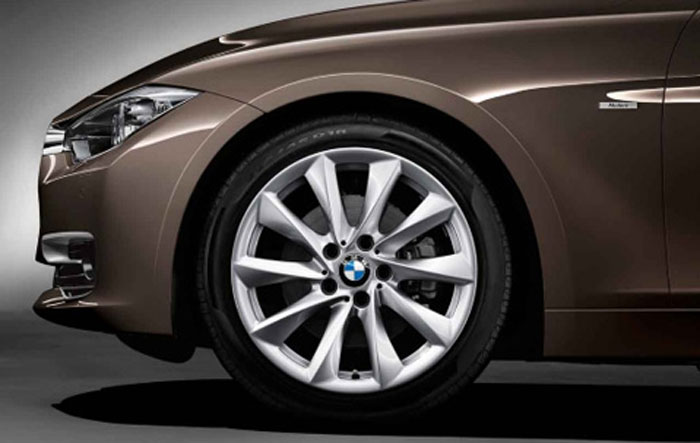
They are made from special aluminum alloys by injection molding into a mold, which ensures a uniform structure, correct geometry and balance. They are processed on special equipment to bring balancing to almost zero level and are coated with special polymer compounds to give an aesthetic appearance.
Advantages
-
Variety of styles and designs;
-
Perfectly amenable to balancing;
-
Ease of operation and unpretentious care;
-
High strength;
-
Sizes from 13 to 25 inches;
disadvantages
-
Soft aluminum is easily damaged by contact with hard surfaces and after falling into a pit;
-
Top models of the road;
-
Prone to cracking;
Forged alloy wheels
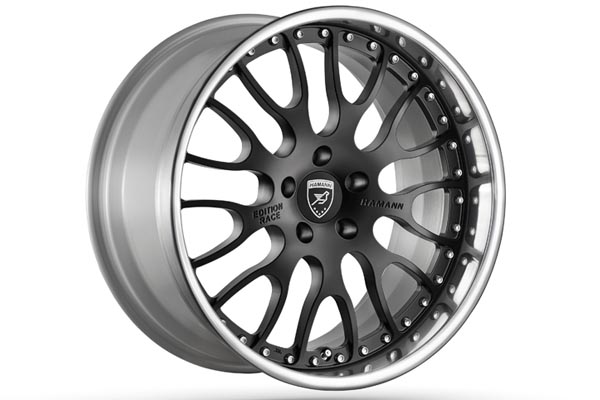
The principle of making 'forging' is similar to that described above, however, after casting, the surface of the disk is processed with a special tool, which significantly increases their mechanical strength and reduces the total weight. They are widely used in motorsport and among professional tuners, for whom the weight of the wheel is no less important than the stylish design.
Advantages
-
Great appearance;
-
Balanced perfectly;
-
Durable and abrasion resistant;
-
Variety of colors and designs;
-
Low weight;
disadvantages
-
Fragile, can crack if dropped into a deep hole;
-
Expensive;
The main criteria for choosing alloy wheels

The choice of 'casting' for a particular car always means solving many serious problems associated with determining the compliance of specific parameters of the wheels with those declared by the car manufacturer. It is necessary to pay attention to the following nuances.
Cast disc diameter
It has the most direct impact on the overall size of the wheel and the ability to install it on a particular car. Discs with a diameter from 13 to 23-24 inches are on sale.
The most 'popular' sizes are considered to be from 14 to 17 inches – these are the discs that are mostly installed on modern domestic cars and foreign cars. The larger the diameter of the alloy wheel, the more beautiful it looks and the harder its chassis becomes when operating on bad roads.
The minimum and maximum diameter must fully comply with the parameters specified by the vehicle manufacturer. Exceeding the recommended diameter threatens that the disc will cling to the wheel arch liner when the wheel is everted and rub against the arch, while installing a disc of a smaller diameter is very often impossible – the brake caliper simply rests on the disc.
Looseness
A parameter that displays the number and size of the bolts that fix this or that disc to the car. This parameter is determined by the manufacturer of the machine, while the disc is matched to the number and diameter of the mounting holes on the hub. For example, the traditional BMW 5×120 bolt pattern means that five bolts 120 millimeters long are used to secure the wheel.
Center hub bore diameter
Indicates the size of the center hole on the vehicle's hub for fixing the alloy wheel. Common values are 71.5, 72.8, 74.2 millimeters.
You should choose alloy wheels, the diameter of the central center of which corresponds to the car hub and the parameter that is determined by the manufacturer.
In the event that the disks do not match the CH parameter, their installation will require the use of a special spacer that changes this parameter. The spacer is a special transition cylinder with a variable diameter – in one part the diameter of the central center of the disc, in the other – the central center of the hub;
Disk departure
A parameter indicating how far the edge of the disc is from its seating plane. The value is indicated by the letters ET and is measured in millimeters. The higher the value – the further the center of the disc will be from its edge and the deeper the wheel will 'sit' in the arch. For example, on the same car, wheels with an ET20 departure will stick out of the arch more than those with an ET47 departure. This parameter is selected solely based on the recommendations of a particular car manufacturer.
Disc width
The wider the disc, the larger the contact patch of the tire with the road and the better its functional characteristics. The negative factor is increased rutting: the car starts to behave too 'nervous' on rough roads. On sale are both single-wide alloy wheels, in which the width of four wheels is identical, and multi-wide, the width of which is different for the front and rear axles. The latter are generally intended for sports cars and provide improved handling and vehicle dynamics.
Disc weight
A significant parameter for participants in various auto races. The higher the weight of the wheel, the higher the unsprung weight of the car and the worse the dynamics for acceleration and braking. It is for this reason that racers try to use lightweight forged wheels, 'shoeing' them in special racing rubber. Such manipulations reduce the acceleration dynamics by 0.4-0.5 seconds in the discipline of 0-100 kilometers per hour.
!
In the next article, we will tell you how to choose the right brake fluid. The expert talks about the best manufacturers, types, main selection criteria and many interesting tips for choosing a brake fluid.
Attention! This material is the subjective opinion of the authors of the project and is not a purchase guide.


